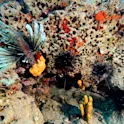
Life sciences
11 Dec 2025
Pandemic ‘beneath the surface’ has been quietly wiping out sea urchins around the world
Canary Islands as the ‘missing link’ in a global sea urchin killer pandemic

Life sciences
11 Dec 2025
Canary Islands as the ‘missing link’ in a global sea urchin killer pandemic

Life sciences
04 Dec 2025
In Sumatra, researchers captured almost three times as many images of critically endangered tigers as during previous surveys, which shows the positive impact of conservation efforts even outside of national parks

Life sciences
02 Dec 2025
In this guest editorial, Dr Shiva Khoshtinat and co-authors present a bold approach for construction on Mars, harnessing microbial partnerships to transform Martian regolith into structural materials

Life sciences
28 Nov 2025
Data from almost 50,000 dog owners shows that those dogs that receive CBD supplements are typically older or have health issues. With continued use, they also showed below-average levels of aggression.
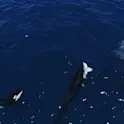
Life sciences
03 Nov 2025
Specialist shark-hunting pod paralyzes young white sharks to eat their energy-rich livers, taking advantage of local shark nursery

Life sciences
29 Oct 2025
In a remote part of Antarctica's Western Weddell Sea, an area once hidden beneath a 200-metre-thick ice shelf, scientists have uncovered a new and unusual phenomena: extensive maintained fish nesting grounds arranged in patterns.
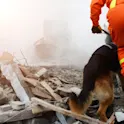
Life sciences
16 Oct 2025
Access to range of explosives to train with would boost performance of detection dogs, suggests first validating study

Life sciences
15 Oct 2025
Oceanic manta rays may dive many hundreds of meters deep – far deeper than once thought – for navigation and orientation after leaving coastal waters, find researchers who tracked mantas across the globe
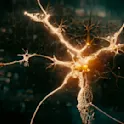
Life sciences
07 Oct 2025
Scientists find that words you’ve been told to recall are better remembered than words with negative emotional connotations — but surprisingly, sleeping doesn’t help.
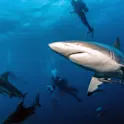
Life sciences
10 Sep 2025
31% of products sold as ‘shark’ in the US are from species at risk of extinction
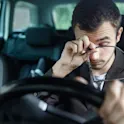
Life sciences
03 Sep 2025
Listening to joyful music helped study participants with motion sickness recover better than other participants — while sad music helped less than doing nothing.
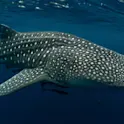
Life sciences
28 Aug 2025
Human-caused injuries are common in endangered whale sharks off Indonesian Papua, but simple changes to local fishing practices could help protect them.

Life sciences
27 Aug 2025
Scientists found that some of the oceans’ fiercest hunters could be losing their bite: As oceans become more acidic, sharks’ teeth may become structurally weaker and more prone to break

Life sciences
20 Aug 2025
Majority of living species concentrated among few disproportionately rich groups with high rates of diversification, shows first-of-its-kind study

Life sciences
18 Aug 2025
Dr Jake Johnson is the first author of a new Frontiers in Veterinary Science article that describes a rare case study of the treatment of a lethargic and unresponsive chihuahua who visited the vet’s for treatment. We talked to Johnson about his career and a particular four-legged patient that ingested cocaine.
Get the latest research updates, subscribe to our newsletter